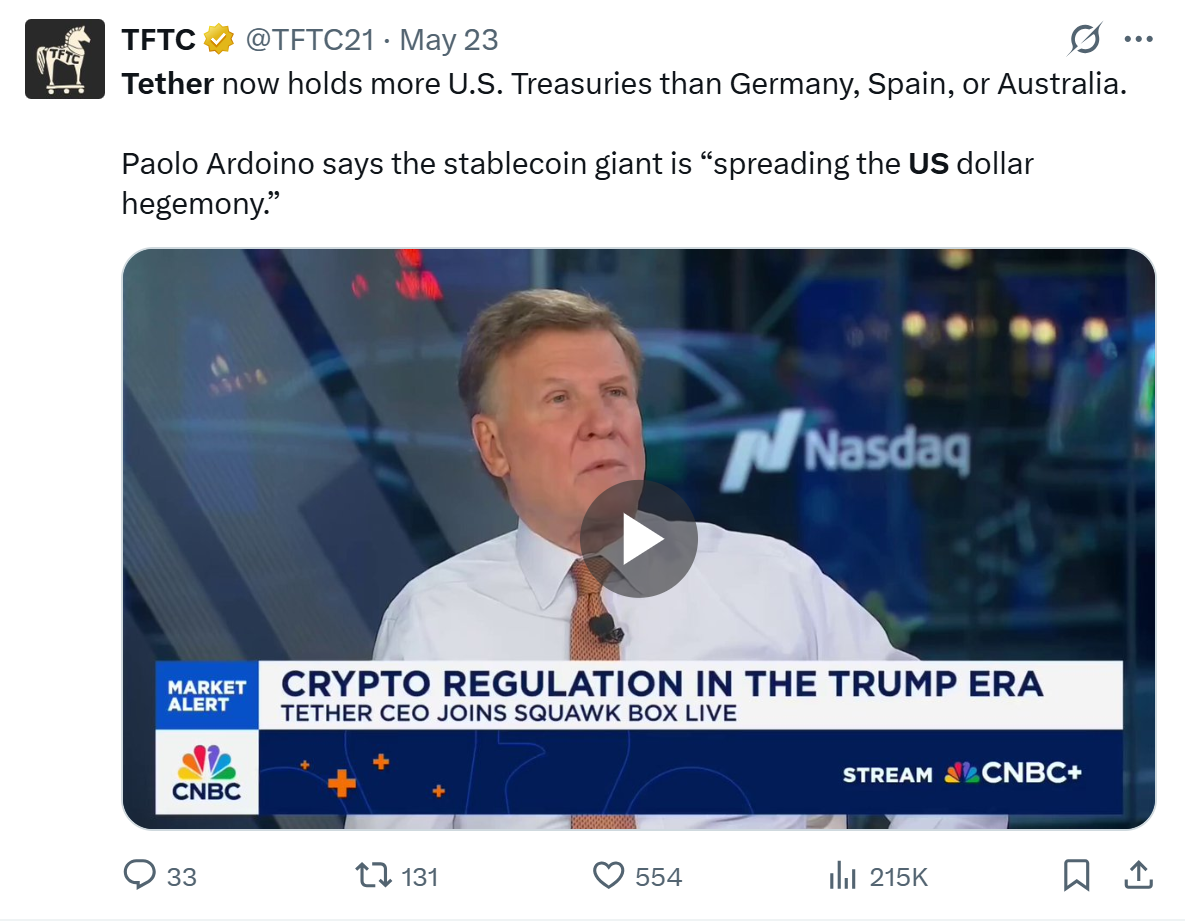
Stablecoins: The Foundation of a New Financial Ecosystem
According to Noam Hurwitz, head of engineering at Alchemy, stablecoins are rapidly becoming the default settlement layer for the internet, witnessing explosive adoption and surpassing even established giants like Visa and Mastercard in onchain volume. This significant shift signals a fundamental change in how money moves online, with profound implications for both traditional finance and the future of the internet.
The Power of Stablecoins: Speed, Efficiency, and Global Reach
Stablecoins offer several advantages that are driving their widespread adoption. Hurwitz highlights their ability to make money transfers “cheap, fast, global, and secure.” This has made them attractive for a variety of applications, including cross-border payments and decentralized finance (DeFi) platforms like Polymarket. Furthermore, the substantial holdings of U.S. Treasurys by stablecoin issuers like Tether (USDT) – which generated $13 billion in profits last year while holding $113 billion in U.S. debt – demonstrate the significant economic impact and influence of these digital assets.

Key Players and Infrastructure: Alchemy at the Forefront
Alchemy, a leading blockchain infrastructure provider, is at the center of this transformation, powering stablecoin flows for major fintech companies like Visa, Stripe, Circle, and PayPal. Hurwitz emphasizes that Alchemy provides the onchain infrastructure for platforms such as Robinhood Wallet. This integration highlights the growing trend of traditional financial institutions embracing the capabilities of blockchain technology and the benefits of stablecoins.
Challenges and Opportunities: Navigating a Changing Landscape
While the future appears bright for stablecoins, challenges remain. The fragmented blockchain landscape necessitates a careful assessment of provider reliability and counterparty risks, particularly for institutions seeking to leverage this new technology. Hurwitz highlights the need for companies to decouple the user experience from the underlying technology, requiring significant technical expertise. He sees the regulatory landscape as becoming clearer, especially with the recent passage of the GENIUS Act in the US Senate, which establishes federal guardrails for stablecoins, which will benefit both established financial players and encourage innovation.
The Future: Tokenization and Interoperability
Looking ahead, Hurwitz anticipates that most financial services will deploy their own blockchains, particularly layer-2 networks, to better scale and monetize their ecosystems. He envisions infrastructure improvements that will drive “seamless crosschain interoperability” between these networks, creating a more connected and efficient financial system. This vision aligns with the broader trend of tokenization, where traditional assets are represented on the blockchain, creating new opportunities for efficiency and innovation. However, it’s important to acknowledge dissenting views, such as the recent Bank for International Settlements (BIS) report, which questions the viability of stablecoins as money within a modern financial system, pointing to issues related to singleness, elasticity, and integrity.
Conclusion: A Paradigm Shift in Finance
The rise of stablecoins represents a fundamental shift in the financial landscape. As they continue to gain traction and integrate with existing systems, they are poised to reshape how we interact with money and the internet. The journey isn’t without its hurdles, but the potential for a more efficient, accessible, and global financial system is undeniable.


